High blood pressure, or hypertension, is like a silent killer that can very quietly lead you to many life-threatening conditions such as stroke and heart attack. When it comes to high blood pressure symptoms, many people get confused. They are symptomless and go unnoticed for many years until they are checked, which leads to severe damage to the arteries. Generally, people with constantly elevated blood pressure or who are dealing with chronic ailments such as diabetes. In this article, you will learn how to manage hypertension naturally with the help of diet and lifestyle modifications.
Lifestyle and dietary modification to manage hypertension:
1. Limit your salt intake
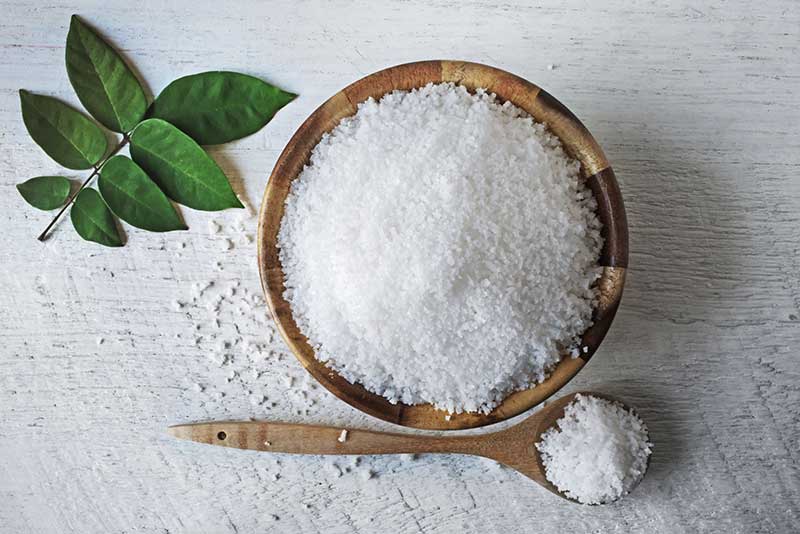
Reducing salt intake is crucial since sodium can raise blood pressure by causing the body to retain excess water. This increases the workload on the heart and blood vessels. Aim for no more than 1500 mg of sodium per day. Avoid processed foods and choose low-sodium alternatives.
How to Incorporate:
- Read labels on packaged foods and choose low-sodium options.
- Cook at home using fresh ingredients to control salt levels.
- Use herbs and spices instead of salt to flavor your meals.
2. Lose weight

Maintaining a healthy weight is vital for blood pressure control. Excess weight, especially around the midsection, can elevate blood pressure and contribute to conditions like sleep apnea, which further increase blood pressure. Aim for gradual, sustainable weight loss through diet and exercise.
How to Incorporate:
- Plan balanced meals with appropriate portion sizes.
- Track your food intake and physical activity using a journal or app.
- Set realistic weight loss goals and celebrate small milestones.
3. Include foods rich in potassium and magnesium
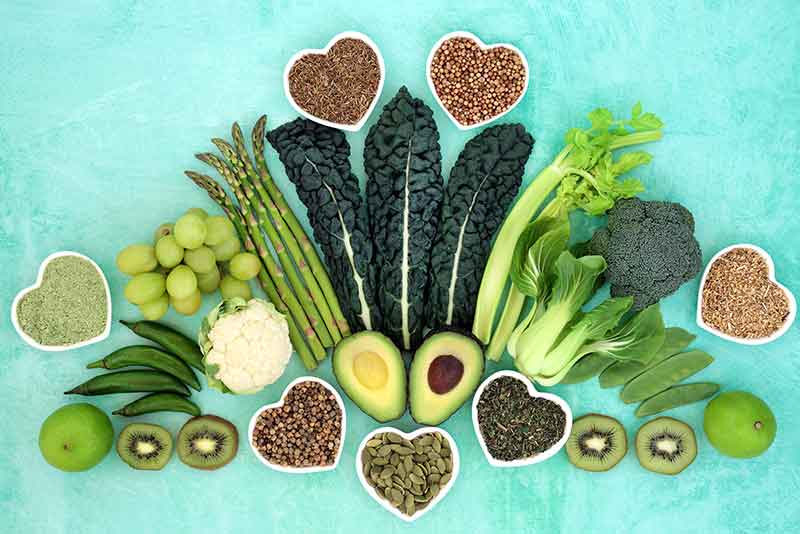
Potassium and magnesium-rich foods help counteract the effects of sodium. Fruits, vegetables, nuts, and seeds are excellent sources. Incorporate bananas, pomegranates, beets, Brussels sprouts, and coconut water into your diet.
How to Incorporate:
- Add a banana or a handful of nuts to your breakfast.
- Include a side of steamed vegetables with lunch and dinner.
- Snack on fruits and vegetable sticks throughout the day.
4. Include DASH diet
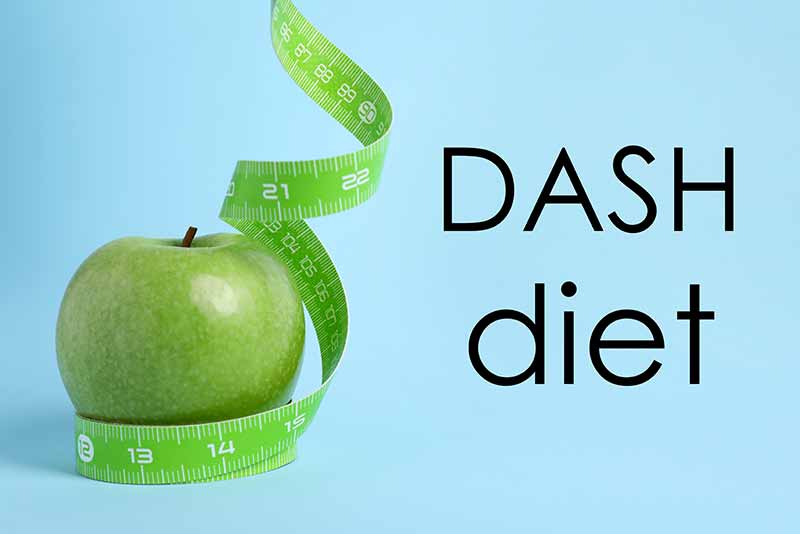
The Dietary Approaches to Stop Hypertension (DASH) diet emphasizes fruits, vegetables, whole grains, nuts, legumes, and low-fat dairy. Rich in potassium, magnesium, fiber, and calcium, the DASH diet is effective in lowering blood pressure and cholesterol.
How to Incorporate:
- Plan your meals around DASH diet guidelines.
- Keep a variety of fruits and vegetables on hand for easy meals.
- Replace refined grains with whole grains like brown rice and whole-wheat bread.
5. Exercise

Regular physical activity, such as brisk walking, cycling, or swimming, can significantly lower blood pressure. Aim for at least 20-30 minutes of exercise daily. Consult your doctor before starting high-intensity workouts, especially if you already have hypertension.
How to Incorporate:
- Schedule exercise into your daily routine, like walking during lunch breaks.
- Join a local gym or fitness class for motivation and variety.
- Use a fitness tracker to monitor your activity and set goals.
6. Limit your alcohol intake
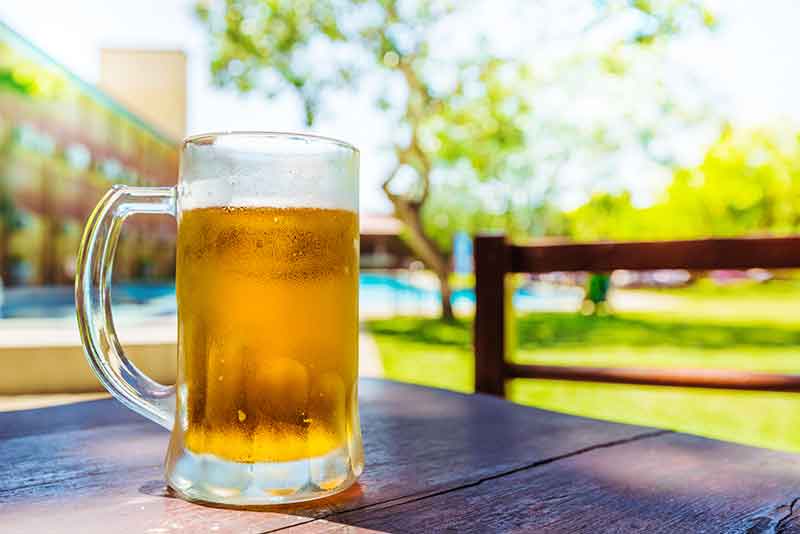
Excessive alcohol consumption can raise blood pressure and interfere with hypertension medications. Limit your intake to one or two glasses per day.
How to Incorporate:
- Set clear limits on how many drinks you will have per week.
- Choose non-alcoholic beverages when socializing.
- Replace regular drinking with other relaxing activities, like reading or taking a walk.
7. Put down that cigarette
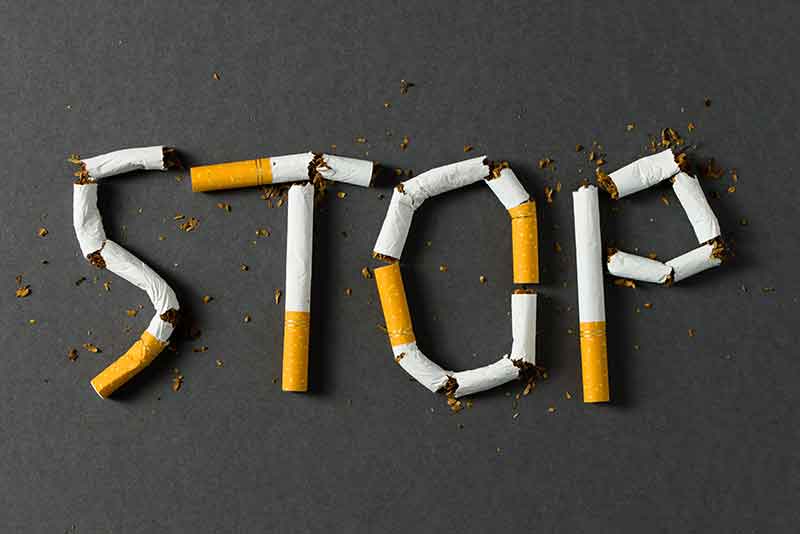
Smoking damages blood vessel walls and exacerbates hypertension. Quitting smoking improves blood vessel health and enhances the effectiveness of blood pressure medications.
How to Incorporate:
- Seek support through smoking cessation programs or counseling.
- Use nicotine replacement therapy if needed.
- Avoid triggers that tempt you to smoke, such as certain social situations or stress.
8. Avoid stress
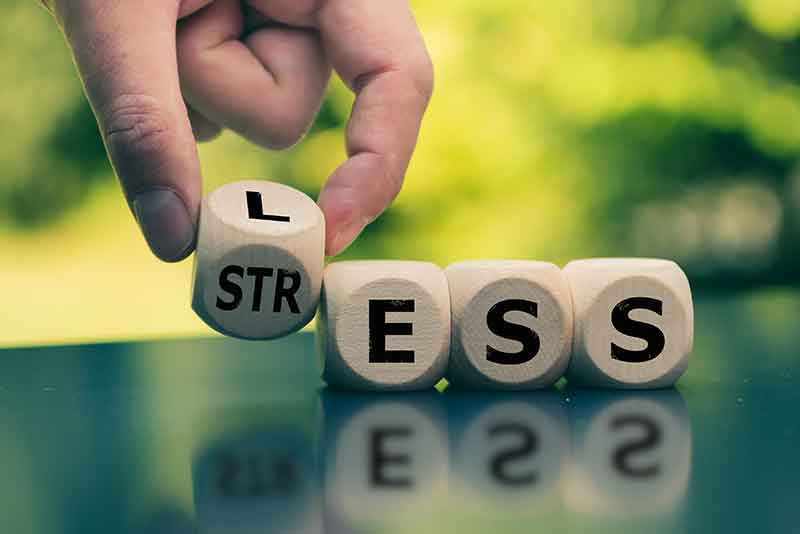
Stress can significantly increase blood pressure, especially when managed through unhealthy behaviors like overeating, smoking, or drinking alcohol. Identify stress triggers and use relaxation techniques such as deep breathing, yoga, or meditation. Engage in activities that help you relax, like listening to music or talking to friends.
How to Incorporate:
- Set aside time each day for relaxation practices like meditation or deep breathing.
- Practice time management to reduce work-related stress.
- Engage in hobbies and activities that bring you joy and relaxation.
9. Limit your caffeine intake

Caffeine can cause a temporary spike in blood pressure, particularly in those not accustomed to it. Consult your doctor about the impact of caffeine on your blood pressure.
How to Incorporate:
- Switch to decaffeinated coffee or tea.
- Limit consumption of caffeinated sodas and energy drinks.
- Gradually reduce your caffeine intake to avoid withdrawal symptoms.
10. Check your blood pressure

Regularly monitoring your blood pressure is essential to assess the effectiveness of lifestyle changes. Since hypertension often presents no symptoms, frequent checks help in early detection and management.
How to Incorporate:
- Invest in a home blood pressure monitor.
- Keep a log of your readings to track changes and share with your doctor.
- Schedule regular check-ups with your healthcare provider.
Incorporating Tips into Daily Life
Adopting these lifestyle changes can seem daunting, but integrating them into your daily routine can make them manageable and sustainable. Here are some additional strategies to help you:
- Start Small: Implement one change at a time rather than overhauling your entire lifestyle overnight. Gradual changes are more likely to stick.
- Set Goals: Establish clear, achievable goals for each lifestyle change, and celebrate your progress.
- Stay Informed: Educate yourself about hypertension and the benefits of these lifestyle changes to stay motivated.
- Seek Support: Involve family and friends in your journey. Their support can provide motivation and accountability.
- Be Consistent: Consistency is key. Even small, consistent changes can lead to significant improvements over time.
It is necessary to keep your doctor in a loop to make sure that you don’t have any underlying medical conditions or if you have then keep them under control. If you are diagnosed with hypertension you can follow the above lifestyle changes. This will help in controlling your hypertension and managing your overall wellbeing.
References
https://www.cabidigitallibrary.org/doi/full/10.5555/20210200886
https://academic.oup.com/ndt/article/31/9/1398/1752318
FAQs

Priyanka Khurana Goyal is a prominent Indian figure renowned for her diverse accomplishments and contributions across various fields.. Read more



